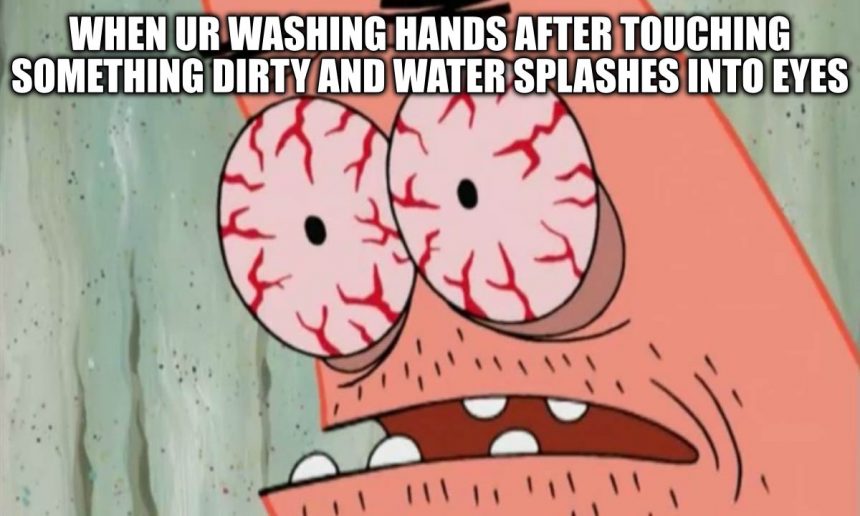The human eye, a delicate and intricate organ, is constantly exposed to environmental elements. Among these, dirt and debris are common intruders that can lead to a range of ocular issues, from minor irritations to severe infections. Understanding the potential consequences of foreign particles entering the eye is crucial for maintaining ocular health.
Immediate Reactions to Foreign Bodies
When dirt enters the eye, it typically triggers immediate discomfort. The eye’s natural defense mechanisms, including tearing and blinking, work to expel the foreign material. Common symptoms include:
- Sharp Pain and Irritation: A sudden, sharp pain followed by a burning sensation is common. This discomfort often leads to increased blinking and tearing as the eye attempts to flush out the irritant. Better Health Channel
- Redness and Watering: The eye may become red and produce excess tears in response to the foreign body. This reaction helps to wash away small particles. Better Health Channel
- Blurred Vision: The presence of debris can cause temporary blurred vision, especially if it scratches the cornea—the transparent front part of the eye. Better Health Channel
Potential Complications
While many instances of dirt in the eye resolve without issue, complications can arise, particularly if the foreign body is not promptly and properly removed.
- Corneal Abrasions: Scratches on the cornea can occur when debris rubs against the eye’s surface. These abrasions may cause significant discomfort and increase the risk of infection. Better Health Channel
- Infections: If bacteria-laden dirt enters the eye, it can lead to infections such as conjunctivitis or, in severe cases, keratitis—inflammation of the cornea. Prompt medical attention is essential to prevent complications. Better Health Channel
- Corneal Ulcers: Untreated infections or injuries can develop into corneal ulcers, open sores on the cornea that may threaten vision if not treated promptly.
Real-Life Cases Highlighting the Risks
Several real-life cases underscore the potential severity of foreign bodies in the eye:
- Mud Run Incident: A woman lost vision in one eye after participating in a mud run. Debris from the event caused a corneal abrasion, allowing flesh-eating bacteria to infect and destroy her cornea. CBS News
- Contact Lens Wearer’s Ordeal: A 26-year-old woman developed a rare eye infection called acanthamoeba keratitis after showering with her contact lenses in. This serious condition, caused by a parasite found in water, led to severe pain and required prolonged treatment, including two corneal transplants. SELF
- Bee Sting to the Eye: A man experienced severe eye pain and vision issues after a bee sting left a barbed stinger lodged in his eyeball. The stinger was removed, and with appropriate treatment, his vision improved over time. The US Sun
Preventive Measures and Immediate Actions
To minimize the risks associated with foreign bodies in the eye:
- Protective Eyewear: Wearing safety glasses during activities like construction, gardening, or sports can prevent debris from entering the eyes. Better Health Channel
- Avoid Rubbing: If something enters the eye, avoid rubbing it, as this can cause scratches. Instead, blink several times to see if the eye clears itself. WikiHow
- Flushing the Eye: If blinking doesn’t help, rinse the eye with clean water or saline solution to remove the debris. Ensure hands are clean before attempting this to avoid introducing more irritants. WikiHow
- Seek Medical Attention: If discomfort persists after attempting to remove the foreign body, or if there is significant pain, redness, or vision changes, consult an eye care professional promptly. Better Health Channel
Conclusion
While the eye has natural defenses to handle minor irritants, the introduction of dirt or debris can lead to serious complications if not addressed properly. Protective measures, prompt removal of foreign bodies, and seeking medical attention when necessary are essential steps to safeguard ocular health.
Real-Life Incidents of Eye Injuries from Foreign Bodies





